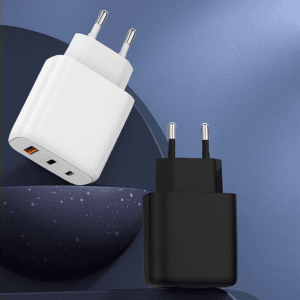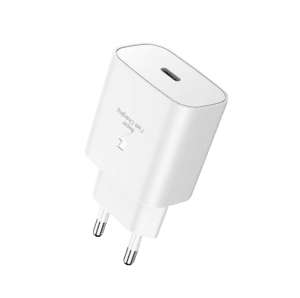When traveling internationally, knowing what kind of electrical outlets you’ll encounter is essential for keeping your devices powered. Different countries use different plug shapes, socket sizes, and voltage standards — meaning your phone charger may not fit without the right plug adapter.
This guide covers the most common electrical outlets worldwide, explains the differences in plug types, and helps you choose the best universal travel adapter for global use.
Why Electrical Outlets Differ Around the World
The design of electrical outlets was standardized within countries long before international travel became common. This led to a variety of plug shapes, pin sizes, and voltage levels across the globe.
Today, the International Electrotechnical Commission (IEC) classifies plugs into 15 types (A–O). Knowing which one your destination uses will help you pick the right travel adapter or voltage adapter and converter.
Plug Types Comparison by Country
Here’s a quick reference for the 15 international plug types, including where they are used and the voltage/frequency they support:
| Plug Type | Countries/Regions | Pins & Shape | Voltage & Frequency |
|---|---|---|---|
| Type A | USA, Canada, Mexico, Japan | 2 flat parallel pins | 100–127V / 50–60Hz |
| Type B | USA, Canada, Mexico, Japan | 2 flat parallel pins + grounding pin | 100–127V / 50–60Hz |
| Type C | Most of Europe, South America, Asia | 2 round pins | 220–240V / 50Hz |
| Type D | India, Nepal, Sri Lanka | 3 large round pins in triangle | 220–240V / 50Hz |
| Type E | France, Belgium, Poland, Slovakia | 2 round pins + grounding hole | 220–240V / 50Hz |
| Type F | Germany, Spain, Netherlands, Korea | 2 round pins + side grounding clips | 220–240V / 50Hz |
| Type G | UK, Ireland, Hong Kong, Singapore, UAE | 3 rectangular pins in triangle | 220–240V / 50Hz |
| Type H | Israel, Palestine | 3 flat pins in Y-shape | 230V / 50Hz |
| Type I | Australia, New Zealand, China, Argentina | 2 angled flat pins (+ optional ground) | 220–240V / 50Hz |
| Type J | Switzerland, Liechtenstein | 3 round pins | 230V / 50Hz |
| Type K | Denmark, Greenland | 2 round pins + grounding pin | 230V / 50Hz |
| Type L | Italy, Chile | 3 round pins in line | 230V / 50Hz |
| Type M | South Africa, Botswana, Namibia | 3 large round pins | 220–240V / 50Hz |
| Type N | Brazil, South Africa | 3 round pins | 100–240V / 50–60Hz |
| Type O | Thailand (special use) | 3 round pins | 220–240V / 50Hz |
Voltage Adapters and Converters
Even if your electrical outlet matches your plug, the voltage might not.
-
Low-voltage countries: 100–127V (North America, parts of Japan)
-
High-voltage countries: 220–240V (Europe, Asia, Africa, Oceania)
If your device isn’t dual-voltage, you’ll need a voltage adapter or converter in addition to a plug adapter. A universal travel adapter for global use with built-in voltage conversion is ideal for frequent travelers.
Best Travel Adapter for Iceland
Iceland uses Type F electrical outlets (two round pins) with a 230V / 50Hz power supply. A European plug adapter will work, but a universal travel adapter is better if you’re visiting other countries on the same trip.
Tip: Choose a model with multiple USB ports so you can charge your phone, camera, and power bank simultaneously.
How to Choose the Right Plug Adapter
When selecting a travel adapter for different electrical outlets:
-
Check the plug type used in your destination.
-
Confirm your device’s voltage rating.
-
Look for certified safety standards (BS8546, IEC60884-2-5).
A universal travel adapter saves space and works with multiple international power sockets — perfect for business travelers and holidaymakers alike.
Final Travel Tip
Whether you’re going to Iceland, China, the UK, or anywhere in between, knowing your destination’s electrical outlets helps you pack the right gear. Invest in a high-quality universal travel adapter to handle all international power sockets and voltage differences.
Your gadgets will thank you, and your trip will be free from the stress of incompatible plugs.





